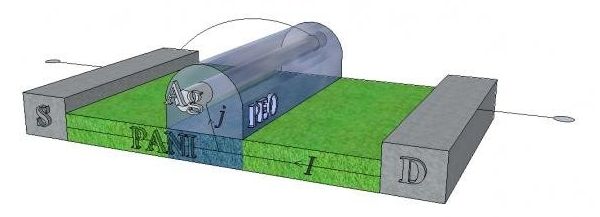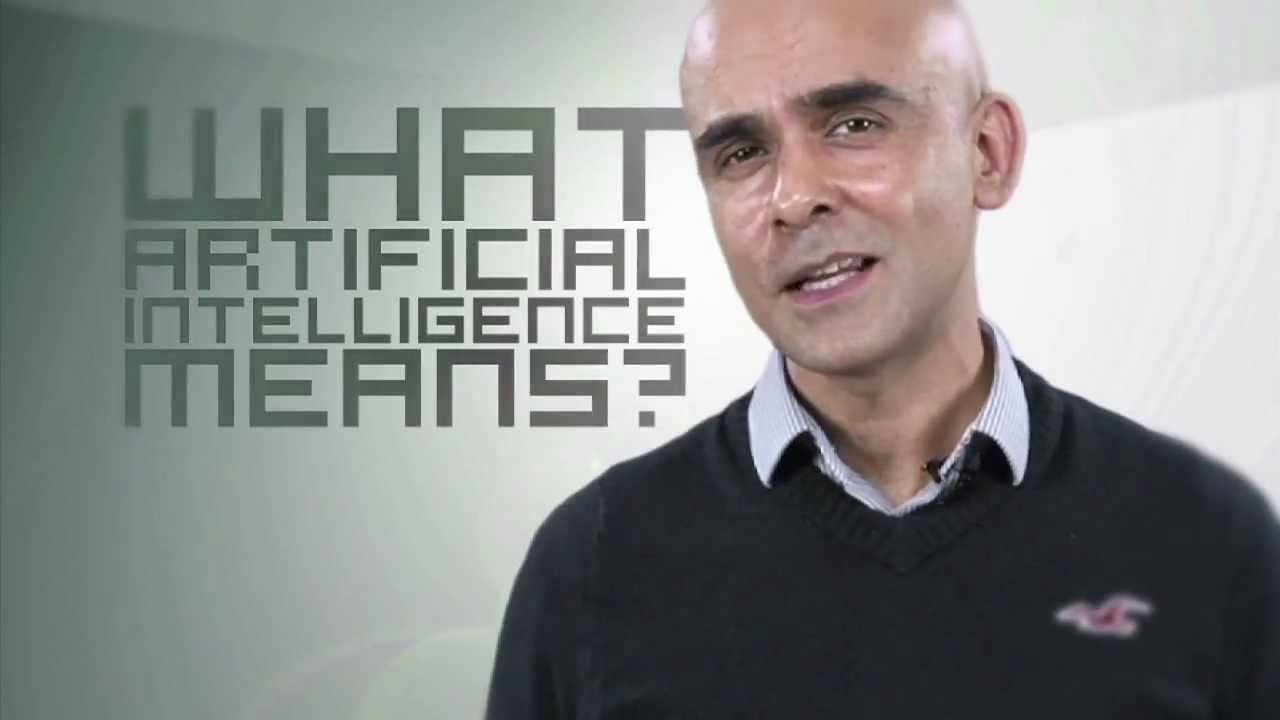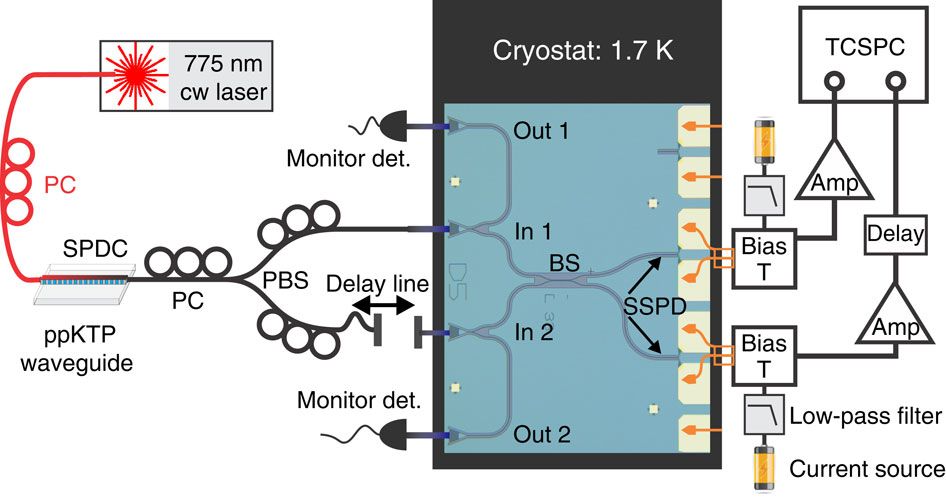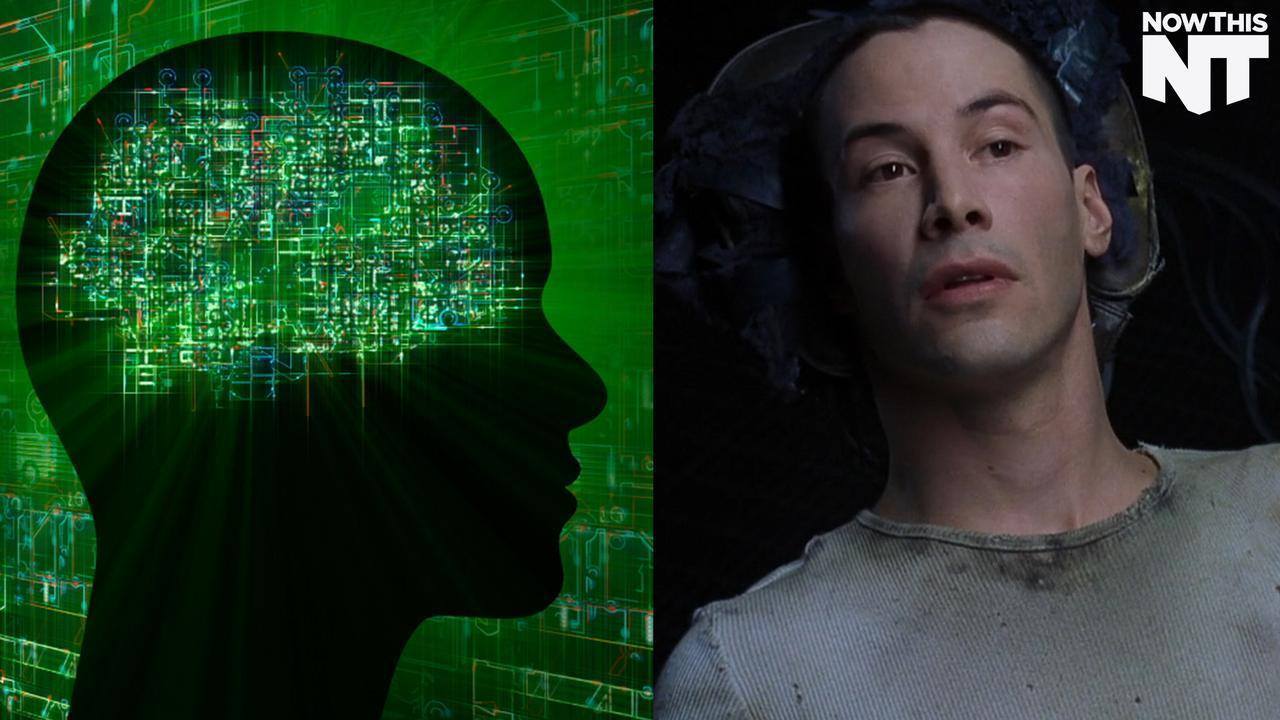Virtual Healthcare & IMSHealth is a major player in this service offering. Healthcare and clinic in your own home.
The University of Southern California Center for Body Computing has teamed with 8 partners to launch a Virtual Care Clinic. The idea with VCC is to create an integrated approach to the use of mobile apps, “virtual” doctors, artificial intelligence, data collection and analysis, as well as diagnostics and wearable sensors to create truly on-demand healthcare.
The partners involved in this effort are peer-reviewed clinical trial database startup Doctor Evidence, drug data resource IMS Health ($IMS), consumer design firm Karten Design, HIPAA-compliant cloud platform Medable, video creator Planet Grande, sensor-enabled pill startup Proteus Digital Health and vision player VSP Global.
VSP’s next-gen sensor-embedded eyewear prototype, dubbed Project Genesis, will be refined and tested at the VCC in consultation with USC CBC, which is the digital health innovation accelerator at Keck School of Medicine. The VCC will also involve USC’s Institute of Creative Technologies (ICT).









